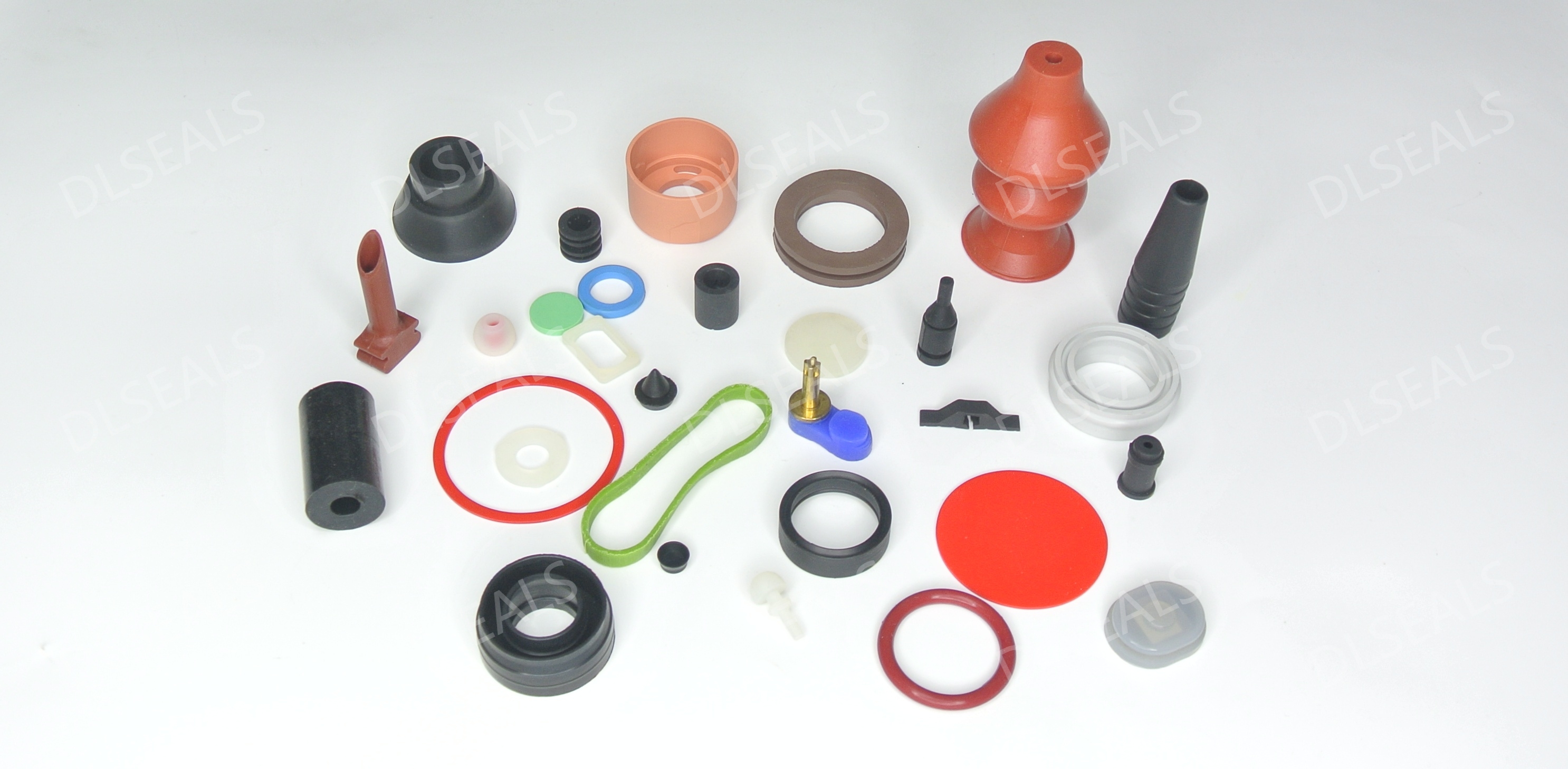
Introduction
Rubber is a widely used elastic material, which is widely used in many fields such as automobile, industry, construction, and medical. According to its source, rubber can be divided into natural rubber and synthetic rubber. Natural rubber is a natural resin extracted from rubber trees (such as the Brazilian rubber tree), while synthetic rubber is made through a chemical synthesis process. This article will compare the various characteristics, advantages and disadvantages, and applications of natural rubber and synthetic rubber to provide a reference for a better understanding of these two materials.
I. Source and production
1. Natural rubber
Source: Natural rubber is mainly derived from the latex of rubber trees, which are mainly produced in tropical areas such as Southeast Asia, Africa, and South America.
Production process: Rubber trees collect latex by cutting the trunk, and natural rubber is obtained through coagulation, drying, and other processes.
2. Synthetic rubber
Source: Synthetic rubber is synthesized through petrochemical processes, and its main components include butadiene, acrylonitrile, and styrene.
Production process: Synthetic rubber can be produced through a variety of chemical reactions, such as polymerization or emulsion polymerization, depending on the type of rubber required.
2. Performance comparison
1. Physical properties
Elasticity and strength:
Natural rubber: has excellent elasticity, tear resistance and high tensile strength. It has strong elastic recovery ability and long service life.
Synthetic rubber: Although some synthetic rubbers also have excellent elasticity, in general, their elasticity and strength are often not as good as natural rubber.
Temperature resistance:
Natural rubber: has good low temperature resistance, but relatively poor high temperature resistance, and is easy to harden and age.
Synthetic rubber: Some synthetic rubbers (such as fluororubber and silicone rubber) have excellent high temperature resistance and are suitable for high temperature environments.
2. Chemical properties
Oil resistance:
Natural rubber: has poor tolerance to oils and solvents and is easily corroded.
Synthetic rubber: Some synthetic rubbers (such as nitrile rubber) have excellent oil resistance and are suitable for automotive and mechanical seals.
Weather resistance and aging resistance:
Natural rubber: is easily affected by ultraviolet rays, ozone and oxygen, resulting in aging and degradation.
Synthetic rubber: usually has good weather resistance and aging resistance, and can maintain performance in harsh environments.
3. Environmental impact
1. Natural rubber
Environmental friendliness: Natural rubber is a renewable resource that absorbs carbon dioxide during its growth and reduces greenhouse gas emissions.
Impact of growth and harvesting: The cultivation of rubber trees may lead to deforestation and affect the ecological balance.
2. Synthetic rubber
Petroleum dependence: The production of synthetic rubber depends on petroleum resources and has a large carbon footprint on the environment.
Recyclability: Some synthetic rubber can be recycled through new chemical treatment methods, but the overall recycling rate still needs to be improved.
4. Application areas
1. Natural rubber
Application areas: Natural rubber is mainly used in products such as tires, seals, sports equipment, tapes and shoes. Due to its good elasticity and wear resistance, it is particularly suitable for tire manufacturing.
2. Synthetic rubber
Application areas: Synthetic rubber is widely used in automobiles, industrial seals, electronic and electrical insulation materials, aerospace, building waterproofing and other fields. According to different performance requirements, synthetic rubber can be designed to specific types and properties.
5. Cost and market
1. Natural rubber
Price fluctuations: Because it depends on natural resources, the price of natural rubber is greatly affected by climate, disasters and market demand.
Production restrictions: Due to restrictions on planting conditions, the production of natural rubber is limited.
2. Synthetic rubber
Production cost: The production of synthetic rubber is relatively stable, and the cost can be reduced by adjusting the production process, and its price fluctuates less.
Output: The production of synthetic rubber is not restricted by natural conditions, and the output can meet the growing market demand.
Conclusion
Natural rubber and synthetic rubber each have their own advantages and disadvantages, and the applicable scenarios and industries are also different. Natural rubber has excellent elasticity and strength, and is suitable for products with high performance requirements, but its production is limited by the environment and climate. Synthetic rubber, due to its diversity and stability, can meet the needs of different fields, especially in terms of oil resistance, temperature resistance and aging resistance. The future rubber industry may rely more on the combination of the two to develop higher-quality and environmentally friendly rubber materials to meet the diverse needs of the market.
Post time: Oct-23-2024
